Leather Patch Hats process
Share
How to Make a Leather or Faux Leather Patch Hat with a Laser Engraver
Leather and faux leather patch hats are a stylish and durable way to personalize headwear for gifts, branding, or personal use. With a laser engraver, you can achieve precise and intricate designs, making the process efficient and professional. In this guide, we’ll walk you through the detailed steps to create a leather or faux leather patch hat using a laser engraver.
Materials and Tools You’ll Need
For the Patch
• Leather or Faux Leather: Vegetable-tanned leather works best for laser engraving. Faux leather offers an eco-friendly, consistent option.
• Laser Engraver: A CO2 laser engraver is ideal for this project.
• Masking Tape or Transfer Tape: To protect the surface from residue
• Leather Finish or Sealer: Optional for leather to protect and enhance the appearance.
For the Hat Assembly
• Blank Hat: Choose your preferred style—trucker, snapback, or dad hat.
• Adhesive: High-strength adhesive activated at 300 degrees
• Sewing Supplies (Optional): Heavy-duty thread, needle, or a sewing machine.
• Hat Press: To secure the patch during attachment.
Step 1: Design Your Patch
The design process is crucial, as it determines the final appearance of your patch.
1. Create the Design: Use vector graphic software such as Adobe Illustrator, CorelDRAW, or Inkscape. If using text, ensure it is readable at the patch’s size.
2. Select the Shape: Popular patch shapes include rectangles, circles, and custom outlines.
3. Adjust for Engraving: For faux leather, reduce intricate details to avoid burning or melting the material. For leather, fine lines can be engraved with ease.
Step 2: Prepare the Leather or Faux Leather
1. Cut the Material: Trim the leather or faux leather into the desired patch shape, leaving a bit of extra material for adjustments after engraving.
2. Mask the Surface (Optional): Apply masking or transfer tape to the surface to minimize smoke or residue during engraving.
3. Test a Sample: Before engraving the final patch, test your settings on a scrap piece to ensure proper depth and clarity.
Step 3: Engrave the Patch
1. Set Up the Laser Engraver:
• Adjust the laser’s power, speed, and focus based on the material. For leather, lower speed and higher power are often needed. Faux leather requires less power to avoid burning.
2. Load the Design: Import your vector file into the engraving software and position it within the work area.
3. Engrave: Start the engraving process, keeping an eye on the material to ensure no overheating.
4. **Cut the Patch (Optional):
